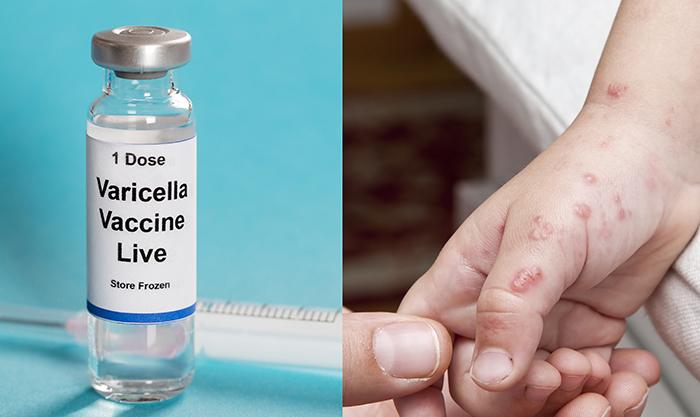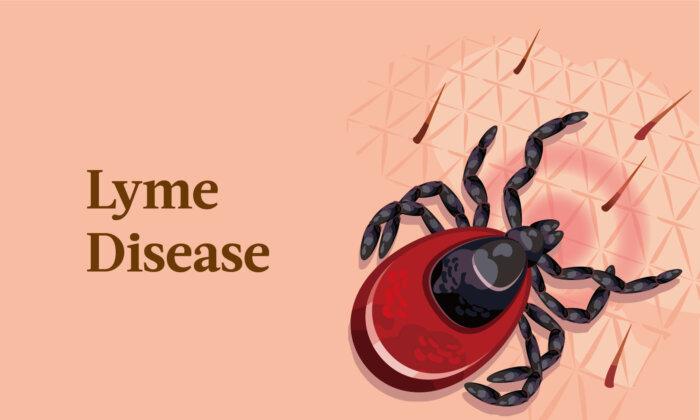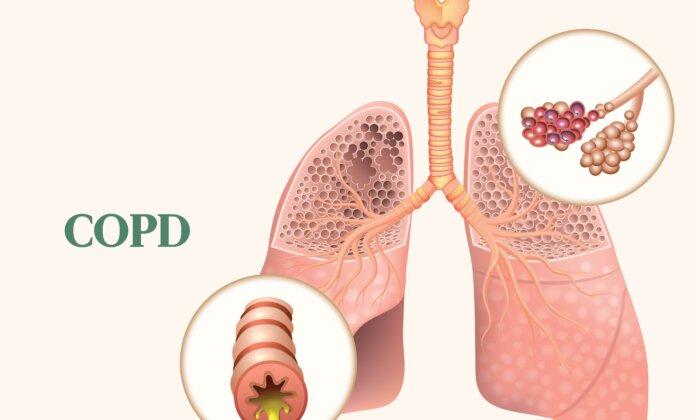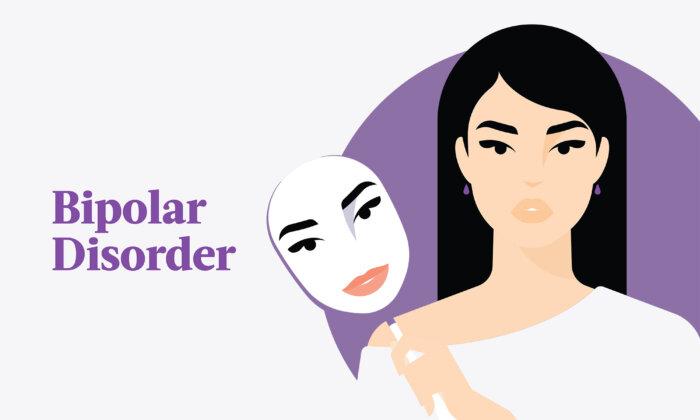Are There Different Types of Shingles?
What Are the Symptoms and Early Signs of Shingles?
- Fever.
- Headache.
- Lethargy.
- Chills.
- Upset stomach (i.e., nausea, indigestion).
- Itching, tingling, or burning of the skin affected.
- Shooting pain similar to an electric shock.
- Redness of the skin.
- Rash (most commonly seen on the torso).
- Fluid-filled blisters accompanying a rash.
- Changes in eyesight if the ophthalmic nerve is affected (i.e., loss of vision, increased sensitivity to light, blindness).
What Causes Shingles?

Who Is at Risk of Shingles?
- Age: The primary driver behind developing shingles is age. As the body ages, the growth of T cells, the cells that help regulate the immune system, is diminished, which can lower overall immune functioning. People over 50 are most at risk, and people over 60 are more likely to have more serious complications.
- Sex: Women are more at risk than men, according to the U.S. Centers for Disease Control and Prevention (CDC).
- Race: Whites are at least 30 percent more likely than blacks to develop shingles, according to one 2020 meta-analysis in Open Forum Infectious Diseases. Another 2018 survey found that Hispanics were 16 percent more likely to develop it than whites, and Asians were 17 percent more likely to develop it.
- Medications and treatments: Certain medications or treatments, especially immunosuppressants, can compromise the immune system and leave one vulnerable to shingles. Radiation and chemotherapy can increase risk, as well as drugs that prevent organ transplant rejection or the long-term use of steroids like prednisone.
- Genetics: While further research is needed into how genetics play a role in the activation of the shingles virus, it is thought that having a family member who has had shingles may increase one’s risk of developing the condition. It’s also thought that certain genes, like the human leukocyte antigen (HLA), can increase one’s risk for persistent post-herpetic neuralgia.
- Underlying conditions: Conditions like cancer and HIV that weaken an individual’s immune system put one at higher risk.
- History of physical trauma: A history of physical trauma was one of the main risks of shingles, according to the 2020 meta-analysis.
How Is Shingles Diagnosed?
Shingles is usually diagnosed easily because of the accompanying rash along the path of the affected nerve. Not infrequently, the nerve’s discomfort or pain precedes the rash by several days and so definitive diagnosis is suspected but briefly delayed.
Typically, a health care provider will ask questions regarding one’s medical history and conduct a physical examination. If a rash is present, the health care provider usually can diagnose shingles by visual cues alone. See your health care provider within 72 hours of the onset of the rash to optimize your subsequent treatment.- Polymerase chain reaction (PCR) testing: A swab of unroofed lesions, scabs, saliva, or tissue is taken and analyzed for the presence of VZV. PCR, or DNA tests, are typically ordered when someone presents with symptoms to detect an active infection. Once the swab is taken, results are typically received within one day.
- Antibody or serologic testing: A blood sample is taken to examine IgM and IgG levels, two antibodies that may be produced if someone is exposed to VZV. IgM typically appears within a week or two after an initial exposure, whereas IgG antibodies are produced several weeks after exposure and/or infection. VZV antibody testing may also be ordered to see if a person has developed immunity to the virus.
- Direct fluorescent antibody (DFA) testing: For this test, cells are analyzed from a skin lesion. This is considered to be a more rapid but less accurate testing method compared to PCR testing.
What Are the Complications of Shingles?
- Postherpetic neuralgia (PHN): This is the most common complication of shingles and involves a persistent burning or shooting sensation in the affected nerve and skin. This pain can last a long time, past the point of healing of the rash and blisters, but the pain is typically localized to the area of the body in which the rash was present. People who experience this complication may have pain lasting over three months, extreme sensitivity to the affected area, itchiness, or numbness of the affected skin. Across all age groups, about 10 percent to 18 percent of people experience this complication. However, after age 60, the odds of developing PHN reach over 60 percent, and it may last much longer.
- Eye complications: Because around 20 percent of shingles cases involve the nerves in the head, it is possible for one’s vision and eyes to be affected. Shingles can affect the cornea and/or retina and can lead to vision impairment, sensitivity to light, eye pain, eye drainage, eye redness, drainage, and/or possible secondary bacterial infection.
- Ramsay Hunt syndrome: This condition can develop if the shingles virus affects the facial nerve near one ear. This results in facial paralysis or weakness on one side and may result in hearing loss in the affected ear. If caught early and treated with medication, the pain and risk of this condition worsening can be mitigated.
- Scarring: If a shingles rash is accompanied by blisters, the blisters will begin to scab as they heal. If these scabs are picked or damaged, scarring can occur. Proper care for the scabs through the application of topical creams, soaking in oatmeal baths, wearing loose-fitting clothes, and taking oral medications (if needed) is the best way to prevent scarring.
- Pneumonia: Varicella pneumonia can be a rare complication of shingles if the virus affects the airways. If pulmonary symptoms are going to develop, they typically do so within one to six days post-infection and typically must be treated with antibiotics.
- Hepatitis: In rare cases, liver damage has been documented as a complication of the VZV infection. This can be especially dangerous in immunocompromised individuals.
- Transverse myelitis: Although rare, inflammation of the spinal cord can occur after one is infected with VZV, especially if a person has a weakened immune system. Medication and rehabilitation therapies are often needed to treat this complication.
- Encephalitis: Inflammation of the brain is a very rare but deadly complication of shingles.
What Are the Treatments for Shingles?
- Acyclovir: an antiviral used to treat infection and help reduce pain and discomfort from sores.
- Famciclovir: an antiviral drug used to manage VZV while also helping reduce pain and discomfort from sores.
- Valacyclovir: an antiviral drug to manage VZV and to treat chickenpox. It may also help reduce discomfort from sores and help sores heal faster.
- Corticosteroids: In recent practice, oral corticosteroids were regularly prescribed to lessen inflammation, reduce pain, and lessen the incidence of PHN. Studies have since called into question the efficacy of corticosteroids in reducing the occurrence of PHN. However, there remains some evidence that it may help with acute severe pain early in the course of active shingles.
- Additional medications: Other pain management drugs like capsaicin topical patches, anticonvulsants, antidepressants, numbing agents, and steroid injections may be prescribed to treat shingles.
How Does Mindset Affect Shingles?
A pilot study showed a trend toward an easing of PHN and found that both pain and physical functioning were often improved for those engaged in meditation practices. There was a positive association between meditative exercises, overall emotional health, and perceived quality of life. While further studies are warranted to examine this relationship in greater detail, this research indicates that mindfulness and/or meditation-based practice may help individuals manage pain and improve overall quality of life.
What Are the Natural Approaches to Shingles?
- Baths: Soaking in a colloidal oatmeal bath with lukewarm water can aid in soothing blisters that may accompany the shingles rash. Poor 1 to 2 cups of colloidal oatmeal into the lukewarm water. In addition, cold baths or showers may also help cool inflamed skin. Avoid hot water, which could exacerbate symptoms.
- Cool compresses: Applying cold compresses to the affected area may aid in reducing discomfort due to blisters or rashes.
- Anti-itch remedies: Remedies to reduce itching, like baking soda mixed with cornstarch and/or anti-itch lotions like calamine, can also help dry out blisters.
- Immune-boosting foods: Anti-inflammatory, immune-boosting foods can help strengthen the immune system and prevent reactivation of the virus. Adding foods diverse in colors can help boost the diet with antioxidants. In addition, adequate protein sources are essential for bolstering immunity and feeding lean muscle mass.
- Vitamin D: Maintaining adequate vitamin D blood levels can also fortify the body’s immune system and thus ward off activation of the virus. A 2019 retrospective study in the journal Nutrients found evidence of a link between low vitamin D and PHN. In addition, a Korean study found a prevalence of low vitamin D levels among patients hospitalized for herpes zoster.
How Can I Prevent Shingles?
- Vaccines: There is a vaccine (brand Shingrix) that may help prevent shingles. The National Institutes of Aging recommends adults over 50 get vaccinated with two doses. It is recommended to get this vaccine if you have already had chickenpox, the chickenpox vaccine, if you have a history of shingles, if you have had the prior shingles vaccine, Zostavax, and/or even if you don’t remember having chickenpox. However, getting vaccinated is a personal choice that requires research, and side effects should always be considered.
- Stress management: High levels of stress can increase your risk of shingles due to the immunocompromising effect stress has on the body. Thus, taking action to mitigate stress levels is important. Mind-body practices like yoga and tai chi, meditation, and mindfulness-mediation practices may all help manage stress and both reduce the risk of developing the condition and improve shingles outcomes.
- Sleep hygiene: Prioritization of adequate sleep hygiene is important to provide the body with sufficient time for mind and body restoration. Aim for seven or eight hours a night, and maintain a consistent, screen-free bedtime routine.
- Lifestyle habits: Anti-inflammatory, immune-boosting lifestyle habits like following a nutrient-rich diet and getting regular exercise can all help keep VZV dormant.
- Avoid the virus, if possible: If you have never had chickenpox or the chickenpox vaccine, it is important to avoid contact with anyone who has active shingles. While shingles itself is not contagious, exposing yourself to shingles puts you at risk of contracting VZV, which can then lead to shingles.








